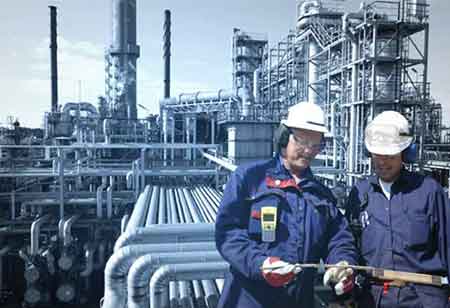Thank you for Subscribing to Energy Business Review Weekly Brief
Significance of Immobile Energy Storage Technologies
Last year, solar deployments worldwide were over 100 GW. Likewise

By
Energy Business Review | Friday, January 21, 2022
Stay ahead of the industry with exclusive feature stories on the top companies, expert insights and the latest news delivered straight to your inbox. Subscribe today.
Behind the emergence of immobile energy storage technologies, Innovations in battery technologies and decreasing costs are the enablers.
FREMONT, CA: Last year, solar deployments worldwide were over 100 GW. Likewise, the deployment of on-shore and off-shore wind turbines is expediting. In a given geographical area, recently deployed solar and wind capacity will produce energy simultaneously as the existing solar potential.
This can be the outcome of excess power from renewable sources, and no power is produced when the sun isn't glowing and the wind isn't blowing. Hence, the issue turns to how to capture and store this excess energy for future use. This is where energy storage technologies come into play and become a vital component of the future of power infrastructure.
The model of when and how much electricity a firm produces differs from when and how much electricity people consume. Renewable power sources are not flexible, which implies they cannot be dispatched when needed to meet energy consumers' ever-changing needs.
While conventional power plants and interconnections will proceed to be crucial levers to address this challenge, energy storage systems are critical in solving this flexibility challenge. Innovations in battery technologies and decreasing costs are the catalysts behind the emergence of immobile power storage technologies.
An energy storage system can save energy and relief it in the form of power when it is necessary. Most of the time, a stationary energy storage system will incorporate an array of batteries, an electronic control system, an inverter, and a thermal management system within an enclosure.
Different from a fuel cell that creates electricity without charging, energy storage systems must be charged to provide electricity when required. Batteries & electronic control systems are at the heart of stationary energy storage systems.
Batteries are where the power is saved within the system in chemical energy, and lithium is the common element used to store the chemical energy within batteries. Economic feasibility is one of the essential drivers of stationary storage offerings being adopted more quickly.






